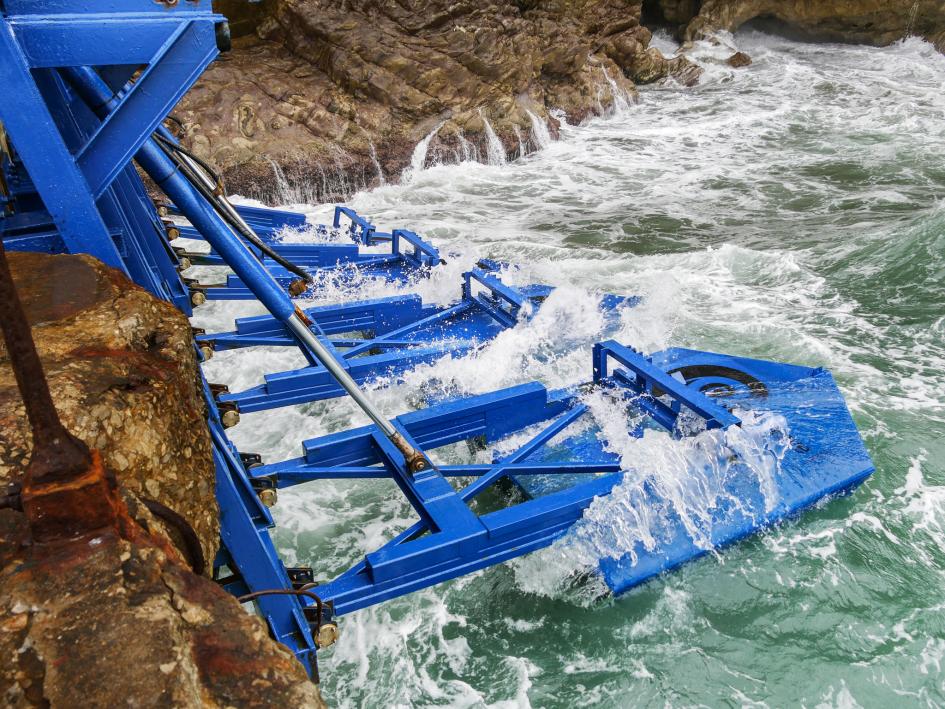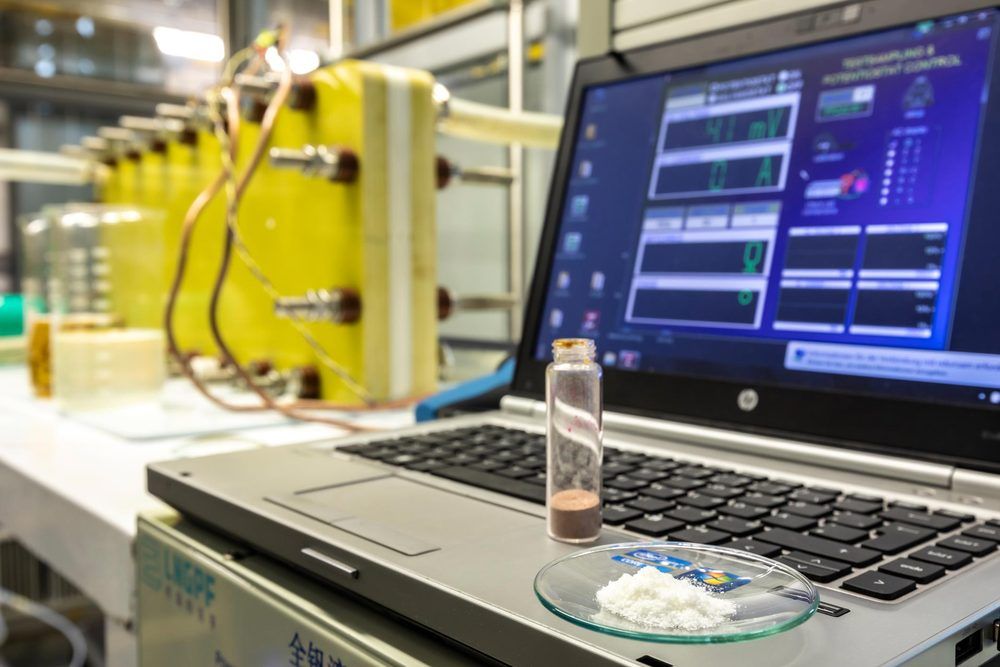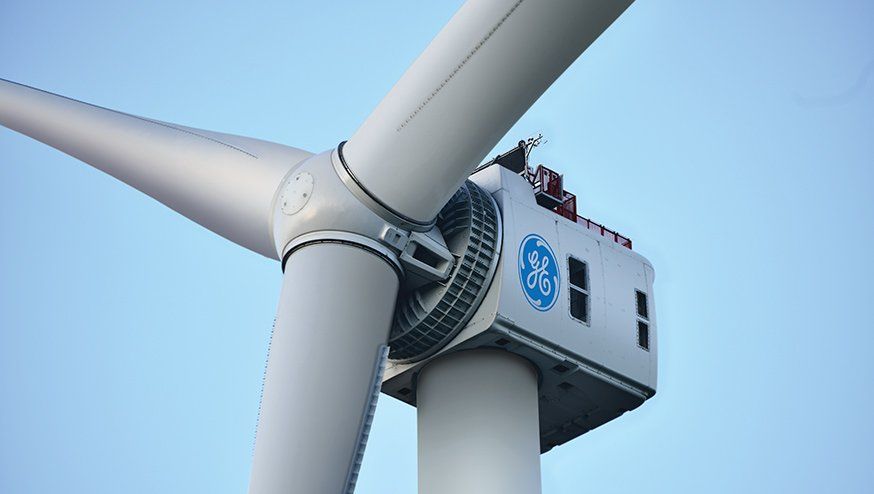Nuclear power could become more accessible thanks to a new nuclear fuel called ANEEL that combines thorium with uranium.



The United States has sold crude oil seized from four Iranian tankers earlier this year for some $40 million the AFP reports, citing a U.S. government official.
“We estimate that in excess of $40 million will be recouped by the United States related to the sale of petroleum from those four vessels,” Michael Sherwin, acting U.S. attorney for the District of Columbia said. Sherwin added that “a great portion” of the money will be donated to a fund for the victims of “state-sponsored terrorism”.
In the middle of August, the U.S. Administration said it had seized the fuel cargo of several vessels, alleging that the fuel came from Iran and was going to Venezuela. The confiscation followed a lawsuit filed by U.S. prosecutors to seize the cargo carried by the four vessels for violating U.S. sanctions against Venezuela.

So they’re planning to turn the moon water into rocket fuel. And the moon is now a stepping stone to Mars.
NASA is also planning to send a rover to moon’s south pole on 2022. 😃
Interesting.
NASA may need to mine water from the moon to send astronauts into deep space. Two new studies indicate the best spots to find that ice.


General Atomics Electromagnetic Systems (GA-EMS) and Boeing have entered into a partnership to develop a scalable 100 kW to 250 kW-class High Energy Laser (HEL) weapon system for air and missile defenses.
Laser weapons have been high on the wish lists of major military powers ever since the first laser was invented by Theodore Maiman at the Hughes Research Lab, Malibu, California in 1960. With enough concentrated power to burn through steel, enough range to cover literally astronomical distances, an operating cost of a dollar a shot, and an unlimited number of shots so long as there’s power available, the laser looked like the so-called ultimate weapon – if it could be made practical.
Of the problems that have hampered laser weapon development over the past six decades, one of the biggest is how to properly cool a laser generator. This is important because weapon-grade lasers have an efficiency between 50 and 70 percent, with the leftover percentages being lost as heat that could shut down or damage the device.

Researchers at TU Graz have found a way to convert the aromatic substance vanillin into a redox-active electrolyte material for liquid batteries. The technology is an important step towards ecologically sustainable energy storage.
It is ground-breaking in the field of sustainable energy storage technology,” says Stefan Spirk from the Institute of Bioproducts and Paper Technology at Graz University of Technology. He and his team have succeeded in making redox-flow batteries more environmentally friendly by replacing their core element, the liquid electrolyte, which are mostly made up of ecologically harmful heavy metals or rare earths – with vanillin, an important ingredient of Austrian vanilla croissants.

GE unveils its largest wind turbine prototype yet, a 13MW behemoth that stands 248 metres tall and destined for use in offshore wind farms.
Wind turbine manufacturer GE Renewable Energy has unveiled latest wind turbine prototype, an optimised version of its Halifax-X offshore wind turbine design that can deliver a massive 13MW of output.
It is the largest turbine that GE has produced, standing 248 metres tall, with 107 metre long blades and offers around double the generation capacity of most wind turbines currently deployed around the world.
GE said that a working version of the wind turbine, optimised for offshore projects, had been deployed and was currently undergoing a series of tests to satisfy the requirements for certification.

Featured image: TransAlta / Twitter One of Tesla’s main goals is the deployment of energy generation and storage systems. These microgrids can provide electricity to homes, relieving our dependence on a mine-and-burn hydrocarbon economy. Tesla currently has over 120 operational microgrids around the world, which is an excellent confirmation of the company’s success in achieving its goals.

Scientists have created a super white paint that is the yin to Vantablack’s yang.
While ultra black materials can today absorb more than 99.96 percent of sunlight, this new super white coat can reflect 95.5 percent of all the photons that hit it.
Instead of warming up under direct light, objects painted with this new acrylic material can remain cooler than their surrounding temperature even under the Sun, which could allow for a new energy-efficient way to control temperature inside buildings.